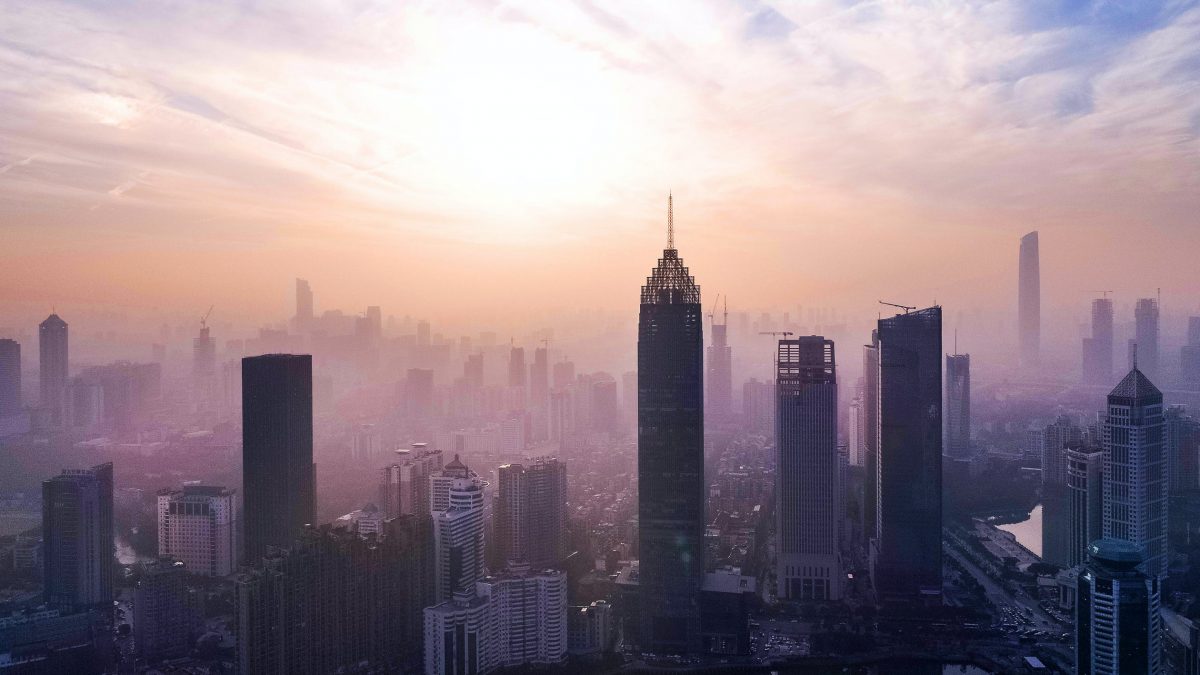Tag: India
-
Indian Monsoon
The monsoon has been disrupted in a big way this year, will this become the normal course?
-
New Space Race
India and China are working hard to establish new milestones in space. The big difference is in the capital outlay that they are making.
-
Condom Diplomacy
Countries that offer a strategic vantage to wage a proxy war find sudden acceptance from the US. The US is hoping that India will offer itself as a proxy warrior against China. Not happening.
-
Populous India is Popular India
In 1951, India conducted its first census. Since then, every 10 years like clockwork India has been conducting its census. The Indian census is quite an affair, superseded only by the election in the breadth of logistical and operational challenges that it poses. No undertaking in the world is more complex than the Indian elections.…
-

Learning by Proxy | China
This edition became insanely long. I going to have to take some of the stuff that happened this week and move it to the next edition. Something significant is afoot in China and its relationship with the rest of the world. As a kid, I used to love cricket. Now and then there would be…
-
Learning by Proxy | Business of Politics and Politics of Business
Every Saturday, I publish this series called “Learning by Proxy”. It is a capsule of some of the stuff that I found interesting over the week along with some context to it. I hope you enjoy it. Follow Up It turns out the Indian and Chinese forces have been brawling at the border since September…
-
America – Testing – Space | Learning by Proxy
Every Saturday, I publish this series called ‘Learning by Proxy’. It is a capsule of some of the stuff that I found interesting over the week along with some context to it. I hope you enjoy it. When I started on the suggestion of a friend, I did not know how it would play out.…
-
China V India – Telecom – Social Network | Learning by Proxy
Every Saturday, I publish this series called ‘Learning by Proxy’. It is a capsule of some of the stuff that I found interesting over the week along with some context to it. I hope you enjoy it. I was planning to follow-up on some of the topics that I had written the last time. But…
-
Demonetisation is a lost opportunity for digital payment providers
The move made by Modi to Demonetise 86% of the notes in circulation might be a move that was triggered with various interests in mind. The one thing that it has undoubtedly made many Indians do it use digital payments. I was speaking the other day to one of the managers at National Payments Corporation…
